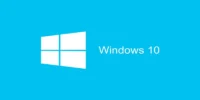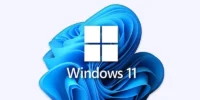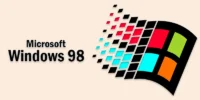Real Time Operating System for Embedded Systems
Published: 27 Jan 2025
Real Time Embedded Systems
A real-time operating system (RTOS) is the backbone of many embedded systems, ensuring tasks are executed precisely when needed. Have you ever wondered why some devices respond instantly while others lag? For engineers working on embedded systems, balancing multiple tasks without delays is a common challenge. Whether you’re designing a medical device, an automotive control unit, or a smart home gadget, an RTOS is crucial for achieving real-time performance. By providing deterministic behavior and efficient multitasking, it ensures your device operates seamlessly in critical scenarios.
What are Embedded Systems
A specialized computer created to carry out a particular task or function is called an embedded system. Unlike general-purpose computers, it’s built to operate with limited resources and usually works automatically without human intervention. These systems are an essential part of everyday devices, ensuring they work efficiently and reliably.
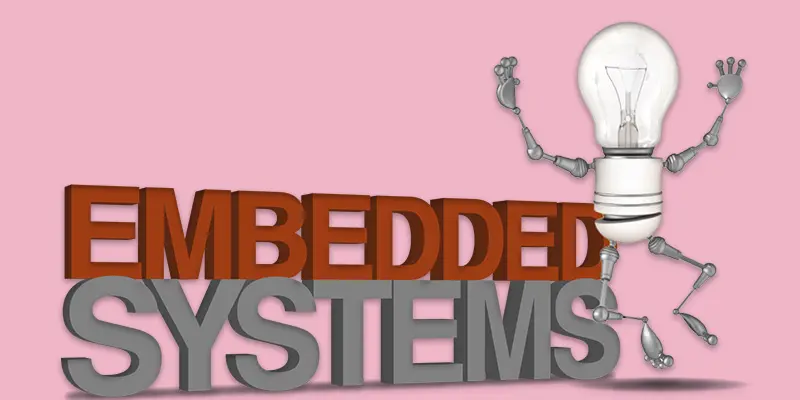
Examples of Embedded Systems
Here are a few examples of real time operating systems for embedded systems:
- Microwave Ovens: Control cooking time and temperature automatically.
- Washing Machines: Handle different wash cycles based on settings.
- Smartphones: Manage all the functions of the phone, including apps and sensors.
- Car Control Systems: Regulate engine performance, airbags, and other critical features.
- Digital Cameras: Control image capture, processing, and storage.
- Smart Thermostat: Regulates home temperature based on settings.
- Home Security System: Monitors and alerts for potential intrusions.
- Fitness Tracker: Monitors steps, heart rate, and activity levels.
- TV Remote: Sends signals to control your television.
- Air Conditioner: Controls temperature and humidity in a room.
- Smart Watch: Tracks health data and notifications.
- Security Camera: Captures and transmits video footage for surveillance.
- Dishwasher: Automates washing, rinsing, and drying dishes.
- Microscope: Controls magnification and focus settings.
- Printer: Manages print jobs and paper feed.
- Elevator System: Controls movement, stops, and door functions.
- Refrigerator: Maintains cooling and regulates temperature automatically.
What is an RTOS, and Why is it Critical for Embedded Systems
Real-Time Operating Systems (RTOS) are specialized to handle hardware resources efficiently and perform tasks within precise time limits. It ensures that critical tasks in embedded systems happen within precise time limits, making it ideal for devices where timing and reliability are essential. Without an RTOS, embedded systems may experience delays or failures, affecting their performance in real-time applications like medical devices, automotive systems, or industrial controls.

Advantages of RTOS in Embedded Systems
A Real-Time Operating System (RTOS) enhances the efficiency and reliability of embedded systems by managing tasks and resources effectively. Here are the key advantages:
- Deterministic Performance: Executes tasks with predictable timing, crucial for time-sensitive applications.
- Task Prioritization: Manages multiple tasks efficiently by prioritizing critical ones.
- Minimal Latency: Ensures quick response to high-priority tasks with minimal delay.
- Resource Optimization: Effectively manages CPU, memory, and peripherals to avoid wastage.
- Scalability: Adapts to varying application sizes and complexity, from small devices to large systems.
Disadvantages of RTOS in Embedded Systems
While Real-Time Operating Systems (RTOS) offer precise task control, they come with some limitations. These disadvantages can impact the system’s complexity, cost, and overall performance:
- Increased Complexity: RTOS adds design and implementation challenges, requiring skilled developers.
- Higher Cost: Licensing and development costs for RTOS can be expensive for small-scale projects.
- Resource-Intensive: Demands more memory and processing power compared to simpler systems.
- Debugging Difficulty: Troubleshooting multitasking systems can be time-consuming and complex.
- Overhead: Task switching and resource management can introduce performance overhead.
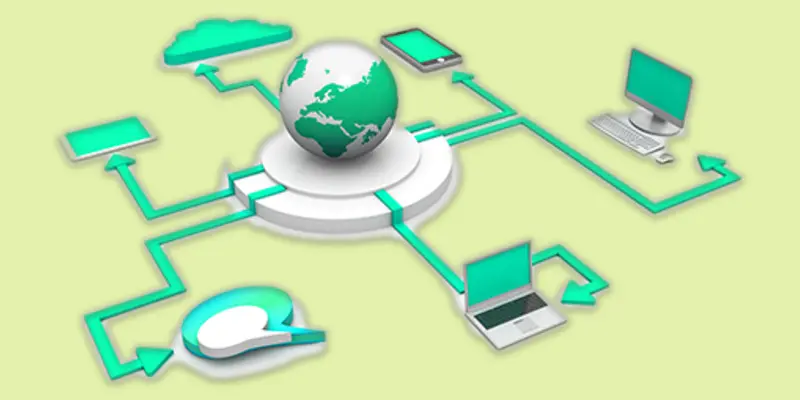
Conclusion about Real Time Operating Systems for Embedded Systems
I personally recommend using an RTOS if your project involves multitasking or time-critical operations, as it enhances performance and reliability. Don’t just take my word for it—explore the benefits of RTOS for your system and see the difference! Ready to get started? Dive deeper and implement an RTOS in your next project today!
FAQS – Examples of Embedded Devices
An RTOS ensures tasks are done on time, making it perfect for systems that need quick and reliable responses, like medical devices or cars.
It helps manage tasks efficiently, ensuring critical actions happen without delays in time-sensitive systems.
An RTOS manages tasks, keeps the system organized, and ensures everything runs smoothly and on time.
An RTOS prioritizes tasks and makes sure important ones finish on time using scheduling techniques.
Devices that need to react quickly and reliably are managed by real-time embedded software.
It guarantees tasks are completed within precise time constraints, such as in medical devices or safety systems.

- Be Respectful
- Stay Relevant
- Stay Positive
- True Feedback
- Encourage Discussion
- Avoid Spamming
- No Fake News
- Don't Copy-Paste
- No Personal Attacks

- Be Respectful
- Stay Relevant
- Stay Positive
- True Feedback
- Encourage Discussion
- Avoid Spamming
- No Fake News
- Don't Copy-Paste
- No Personal Attacks


